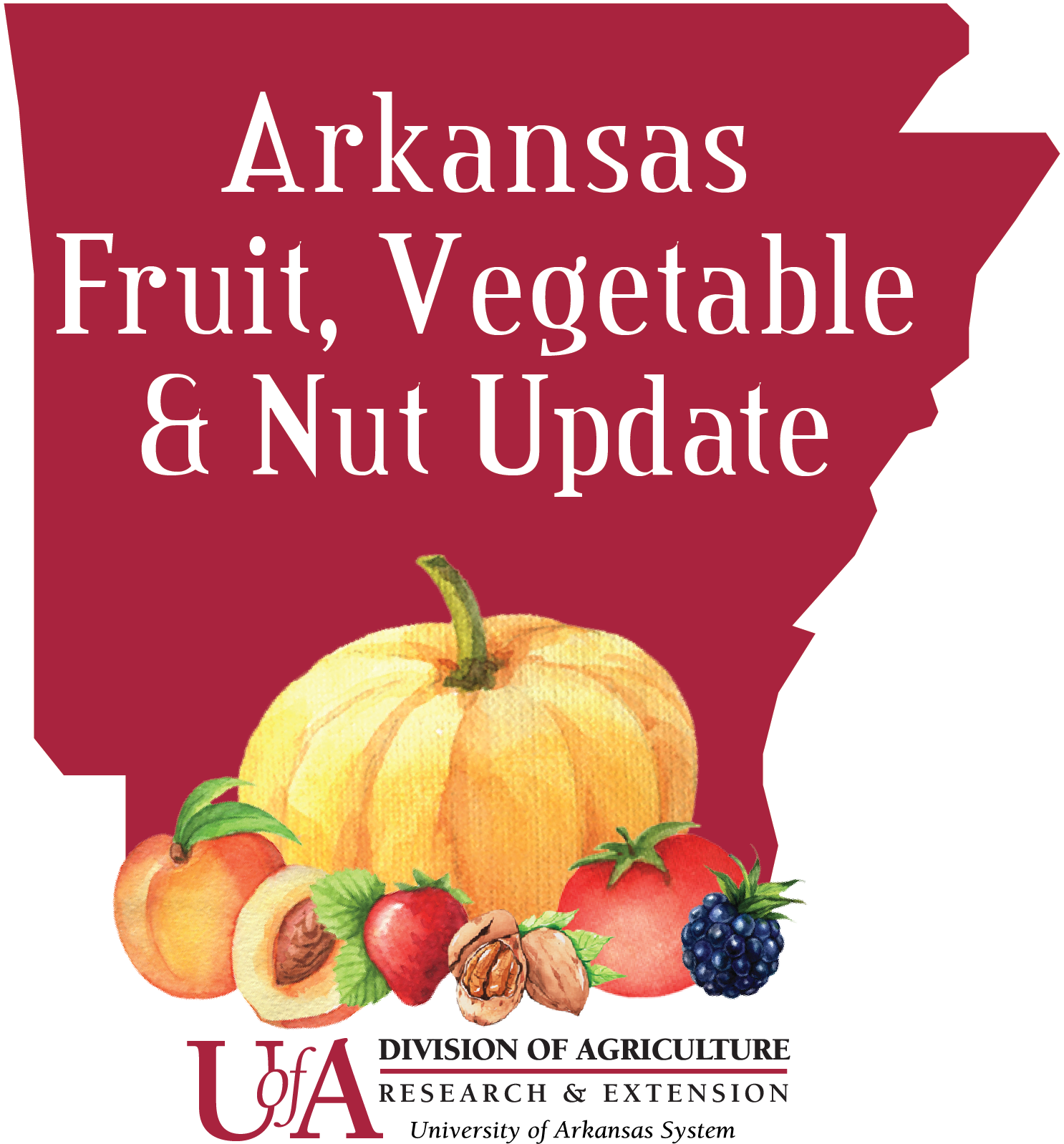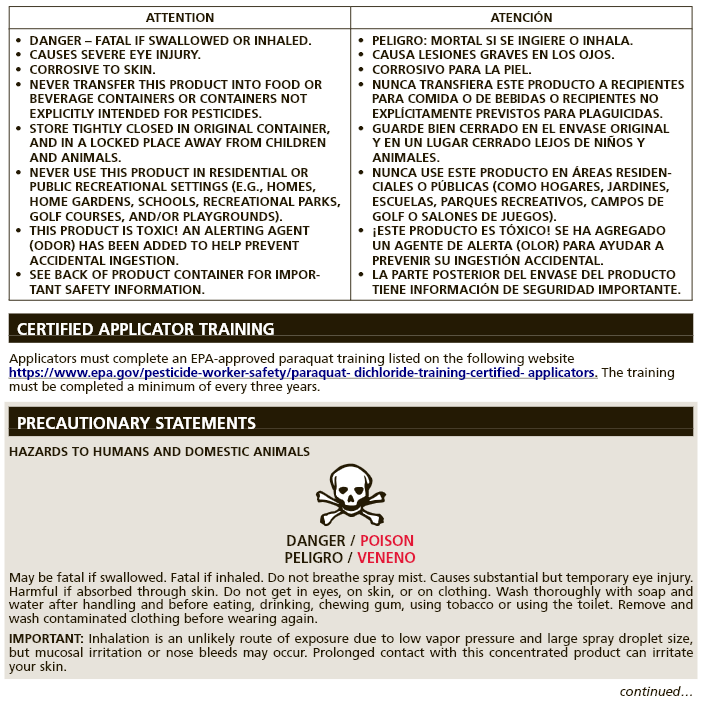
Changes to Paraquat Use Requirements and Labeling
Here’s what you need to know about label changes for Paraquat and what new restrictions and requirements will be required of applicators.
In 2016 the EPA released updated use and label requirements for herbicides containing paraquat dichloride, which is commonly referred to as paraquat and sold under trade names such as Gramoxone®. Although many of these rules and regulations have been in effect since 2016, changes to product containers and use are just now kicking-in in late 2019 into 2020. We’ve received a lot of questions recently about what these changes mean for Arkansas growers and provided below is a summary.
See the EPA page on paraquat dichloride (https://www.epa.gov/pesticide-worker-safety/paraquat-dichloride-training-certified-applicators) for more information.
Paraquat containing herbicides are registered as a restricted use pesticides (RUP) and can only be used by certified applicators. Since the year 2000 there have been 17 deaths involving accidental ingestion of paraquat, and 3 deaths and many severe injuries related to the pesticide getting on the skin or into the eyes of those working with the herbicide. Due to the excessive toxicity of this pesticide, additional regulations have been imposed to prevent exposure to both trained and untrained individuals.
Additional rules and regulations imposed in 2016 and required today on new labels:
- Language that highlights the pesticide toxicity and risks associated with use of paraquat.
- Any person who uses paraquat must be a certified pesticide applicator.
- Noncertified workers under the supervision of a certified applicators can no longer use paraquat. This includes anyone mixing, loading, applying the pesticide, and other pesticide related activities.
- Additional paraquat-specific training is now required for certified applicators to emphasize the risks of movement to improper storage containers.
- New closed-system packaging that is designed to only allow movement of the pesticide into the proper application equipment and prevent unsafe storage or movement. (non-bulk containers less than 120 gallons)
Label Language Updates
Manufacturers are required to have updated labeling on new product by November 19, 2019 that enforces the new regulations and restrictions mentioned above. This means that the additional training and use restrictions will be required for all newly manufactured paraquat containing herbicides (including mixes). Product with the old labels are required to be out of the market by the end of 2020.
Additional Paraquat Training
All certified pesticide applicators that use herbicides containing paraquat will be required by law to have taken the additional training before application. This only applies to herbicides containing paraquat with the updated label, but we are quickly approaching this label being on every used container. This training can be taken at https://campus.extension.org/enrol/index.php?id=1660. This training is free and is good for 3 years with a score of 100% on the required test. If you’ve already taken the training, be sure to recertify within 3 years.
Container Changes

Example of new language present on Gramoxone® and other paraquat containing herbicide labels.
September 30, 2020 is the last date that manufacturers can sell paraquat containing herbicide that does not comply with the closed-system requirements. After this date it will be up to purchasers (growers) to have a system in place that can work with these new types of containers. Work with your local pesticide supplier to determine how the containers can be used effectively.
These changes are being put in place to avoid dangerous incidents that have occurred from the necessary and widespread use of such a toxic and essential herbicide. To avoid any regulatory issues or breaking the law of the label in any way, make sure all people in your operation have an up-to-date pesticide applicator license and have taken the online training before handling or applying paraquat. Read the new label to be sure and go to the EPA webpage on paraquat dichloride (https://www.epa.gov/pesticide-worker-safety/paraquat-dichloride-training-certified-applicators) for an informative frequently asked questions (FAQs) section and additional information.
References
United States Environmental Protection Agency (2019) Paraquat dichloride. https://www.epa.gov/ingredients-used-pesticide-products/paraquat-dichloride. Accessed: December 17, 2019